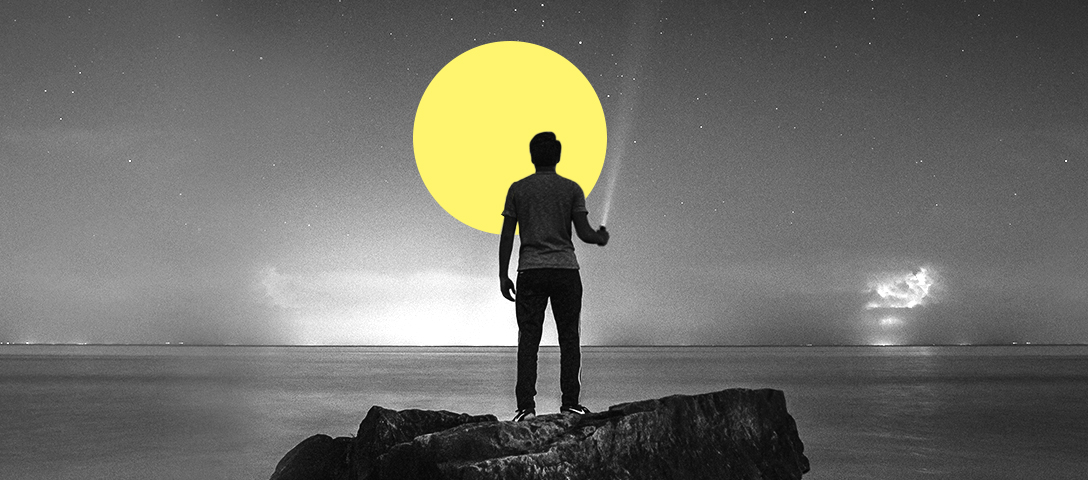
The Death of Magazine Advertising [FLIPBOOK]

There was a time when you’d go to the newsagent, buy a magazine and then search page after page of ads in the hope of some content. There was a reason for this. The cover price rarely recouped the costs of producing the mag and so revenue largely came from advertising.
An industry in the decline
Things have changed. Circulation figures are down and, with them, ad spending. Magazine advertising is now in the final throes of a drawn out demise and with the magazine racks looking increasingly threadbare, speculation is rife that the print-based business model will die out within the next 20 years.
Since 2000, total sales of the UK’s top 100 magazines has fallen from 31m to 22.8m (as of August 2011) – Audit Bureau of Circulations
So what happened?
The internet is what happened. After a decade or so of existing at the peripheries of our consciousness, seemingly overnight it discovered its true potential and suddenly the worldwide web had arrived, infiltrating our every waking moment.
Why have burger when you can have steak?
This newfound availability of information has had an adverse effect on print media in general, particularly with the advent of tablets such as the iPad. These devices mean content can be easily accessed on the move, much like a magazine, with the only limits on the amount of information that can be absorbed lying with the individual. The consumer is no longer tied to the 80 or so pages a magazine offers, nor stuck for somewhere to store them.
How it used to work…
In the past, magazine advertising worked via the relationship the reader built up with the publication. There was a level of intimacy, providing a sympathetic environment from which advertisers could reach an audience already receptive to their message. On a psychological level, ads could be seen as an endorsement.
This scattergun approach, which holds no regard for what stage of the buying process the consumer might be at, has reached saturation point. Day in, day out, we are bombarded by similar “push” selling, via newspapers, billboards, TV and even over the phone. In the same way that exposure to bacteria builds up the immune system, this proliferation has seen us, as consumers, develop a filter that allows us to turn a blind eye to the continuous flow of hard sell. There’s no engagement there. You probably don’t even notice the ads these days… that’s if you’re part of the ever-dwindling demographic still reading magazines.
… but not anymore
Advertising media firm GroupM forecasts that by the close of 2012, UK print media will have seen a fall of 6.3% in advertising revenue compared to last year. That’s a loss of £81m. Of course, the current economic situation will also have played its part in this, but even if consumer confidence was through the roof, the banks were lending and the high streets were ringing to the sound of people’s hard-earned hitting the tills, the inconvenient truth is: magazine advertising no longer works!
Where do we go from here?
The answer lies in the very place that choked off the magazine advert as a viable business model in the first place. The internet and online marketing is where the smart money goes nowadays.
According to GroupM, the global digital advertising spend hit £54.5 billion in 2011, a 16% rise from 2010, and is predicted to have reached £63 billion by the end of 2012, an almost 16% increase once again. To put this in perspective you only have to look back to 2004, when the digital advertising share of the global marketing spend sat at 4.4%. The projection for 2012 is that it will take up 18.8% – that’s a 14% rise in less than a decade for what is still a relatively new medium.
There are many aspects to digital advertising and online marketing which offer the consumer a more engaging experience. It’s not just banner ads and PPC. Inbound marketing disregards the creaky old “push” style of selling and adopts a far more invigorative “pull” approach. Your customers find you, as opposed to you searching high and low for them. They’re invited to become part of a community, which expands through the digital equivalent of word-of-mouth: links, likes and retweets. Once you’ve captured the customer’s imagination, you’re ideally positioned to take advantage at the moment they’re ready to buy.
Learn how you can cast off the old marketing nonsense and increase leads and boost sales – download our eGuide Pull Marketing Strategy.
{{cta(‘95766c44-7380-4de6-aa4e-978c5455d363’)}}
The Author |
|
 |
Alistair Norman | Marketing DirectorAlistair is responsible for the strategy, design and implementation of our Inbound and Content Marketing, with a focus on developing B2B and B2C markets. |
Read the latest positioning trends and insights.
Tap into our brand and product positioning, storytelling, and creative expertise to inspire your next strategic move.

